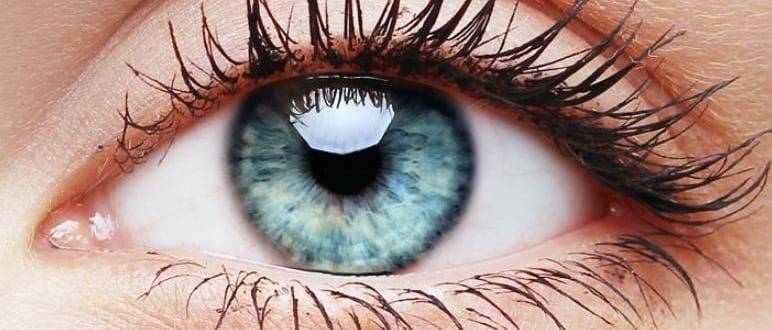
The eyes are the second most complex organ in the human body after the brain, so it is very important to take care of them and take care of them as best we can.
THE surgeon-ophthalmologist Dr. Anastasios-I. Kanellopoulos, MD, founder and scientific director of the LaserVision Ophthalmology Institute, professor of ophthalmology at New York University, NYU Medical School, presents some facts about what you probably don't know:
- They are a scientific marvel. They begin to develop two weeks after conception and by the time they are born their bulbs are two-thirds of their final size. Thus, at birth the eyeballs have a diameter (from their front surface to the back of the eye) of 16.5 millimeters and by the time we are 13 years old they have reached the final size of 24 millimeters. In addition, our eyes act like highly sophisticated cameras, since they can focus equally well far and near, automatically adapt to lighting conditions (day, night, dim light) and see wide-angle. Finally, they have almost 2 million moving parts!
- They are responsible for... learning and memory. It has been estimated that the 80% of what we learn and the 80% of our memories are determined by what we see.
- They see the three primary colors (red, blue and green) but perceive almost 10 million different shades. These are created by mixing the three primary colors as light (which is colorless) reflects off the various objects. Most of the shades they perceive come from the color green.
- They are closed for 5 seconds every minute. Each blink lasts about a tenth of a second, but we can blink anywhere from 2 to 50 times a minute (the average is 15-20 times). Therefore, every minute of life we spend up to 5 seconds with our eyes closed! The only exception to this are newborn babies, because blinking begins after the 6th month of life.
- They have the most trained muscles in the body. Each eye has 6 muscles that work together non-stop to ensure the precision of movement required to constantly monitor the objects and persons around us.

- They have millions of cells. There are two main types of cells responsible for vision: rods and cones. These cells receive light (photoreceptors) and are located in the retina of the eyes (at the back). Our eyes have over 130 million rods, which help us see better in the dark, and 7 million cones, which help us see colors and details.
- Their iris is unique to each person. While fingerprints have 40 characteristics that make them unique to each individual, the iris has 256, which is why scanning it is considered the most secure method of identifying a person.
- Their color is due to melanin. Melanin is the pigment that gives the skin and its appendages (hair, eyebrows, etc.) their color. When melanin is abundant in the eyes, they become brown, but when it is scarce, they become blue. If, however, you have blue eyes, you have a common descendant with every other blue-eyed inhabitant of the planet, according to scientists from the University of Copenhagen. In a study published in 2008 in the scientific journal Human Genetics, they identified a genetic mutation that occurred 6,000 to 10,000 years ago and is responsible for the eye color of all blue-eyed people living on Earth today! Residual genes that determine eye color, such as blue and green, may remain inactive for several generations before reappearing in an individual.
- They cannot be transplanted. Currently, it is not possible to transplant eyes that will restore sight to blind people, because the optic nerve is too complex and sensitive (estimated to have over 1 million nerve fibers that connect the eye to the center of vision in the brain). In addition, scientists have not found a way to create healthy retinal cells in the laboratory
- They heal very quickly. The eyes have the ability to filter out dust and dirt, and to repair minor scratches on their surface within 48 hours, even though their outer layer (the cornea) is the only tissue in the body that does not have a blood supply.
